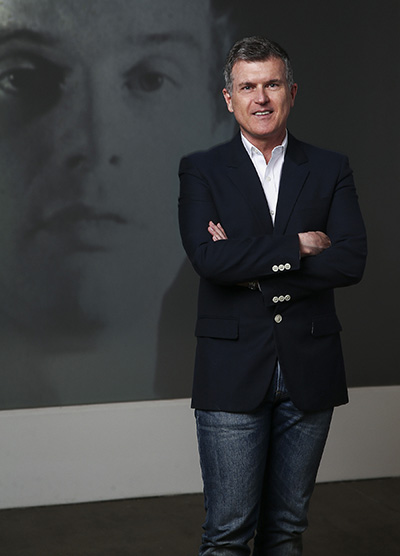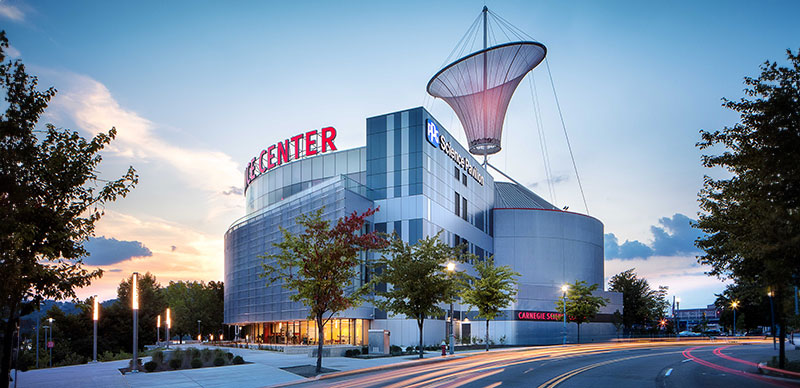[media-credit name=”Photo: Abby Warhola” alignnone size-full]
 Photo: Abby Warhola
Photo: Abby Warhola[/media-credit]
Over the past year, we’ve talked a lot at The Andy Warhol Museum about how, as an institution dedicated to the life and art of Andy Warhol, we can continue to be relevant in a world that seems more challenging and complex every day. At the end of many discussions, we were energized to find that Warhol, through his art and his personal story, still inspires us and gives each of us something to connect with, even though he means something different to each of us. It was in this spirit that we arrived at our new tagline for the museum: “Warhol for All.”
Sometimes these connections can come in unexpected ways. This issue’s cover story features a program created by artist-educators at The Warhol in partnership with the Highmark Caring Place. In these workshops, grieving children reconnect with lost loved ones through personalized art-making activities. The art techniques used by Warhol become part of the healing process—and a way for these kids to make new memories, and new connections, with the moms and dads and other family members they miss. It’s not unlike the power of art experienced through another Warhol program created for people on the autism spectrum, for whom reading facial expressions and nuanced body language can be a challenge. With guidance from our educators, the art and art-making at The Warhol can help them gain confidence in social settings and more fully bond with others.
“We at The Warhol have a deep commitment to the principles of inclusion, diversity, and equity—not surprising for a museum dedicated to an openly gay artist who came from a poor immigrant family.”
What “Warhol for All” means, simply, is that we at The Warhol have a deep commitment to the principles of inclusion, diversity, and equity—not surprising for a museum dedicated to an openly gay artist who came from a poor immigrant family. For me, that commitment came alive most vividly when my husband and I arrived to volunteer at last spring’s LGBTQ+ Youth Prom, hosted at The Warhol to give kids a safe and welcoming space to celebrate their high school experience fully as who they are. As Joaquin and I parked our car, we found that a few hundred young people of every shape, size, and gender were already lined up outside of the museum in all their finery, just waiting to love one another and themselves. Later that night, I was able to be the old guy who told them that no such event had existed for me as a young person living in Iowa—and certainly not for Andy Warhol when he lived in Pittsburgh—but that Andy’s life had made it possible for them.
That’s what “Warhol for All” means for me. I invite you to visit The Andy Warhol Museum, experience Andy’s work, and see what “Warhol for All” might mean for you.
Patrick Moore
Director, The Andy Warhol Museum



